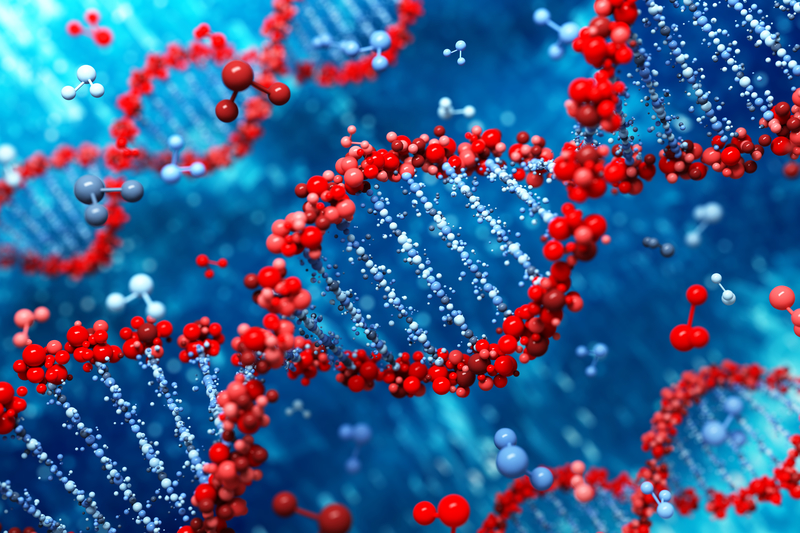Whole genome sequencing offers new possibilities for foodborne outbreak detection and investigation, source attribution and hazard identification, according to an EFSA panel.
The scientific opinion by the panel on Biological Hazards covers use of whole genome sequencing (WGS) and metagenomics for outbreak investigation, source attribution and risk assessment of foodborne pathogens. Cost/benefit analyses and technical recommendations on use of WGS and metagenomics were not looked at.
A number of recommendations were made by European Food Safety Authority (EFSA) panel such as standardization and quality control parameters should be internationally agreed and validated to provide evidence that methods are repeatable, reproducible and accurate.
The panel also concluded that attention should be given to capacity building to apply WGS and metagenomics in European laboratories and worldwide to help the investigation of cross‐border outbreaks and development of international standardized risk assessments of foodborne microorganisms.
Linking food items to infections
Increased capability to match clinical strains to contaminated food products allows patients to be linked to an outbreak, even when different foods and geographies are involved or they are historic infections.
It is not prudent to define absolute thresholds of nucleotide differences for inclusion and exclusion of isolates within an outbreak, and epidemiological information should always be used to define outbreaks, according to the opinion.
EFSA and ECDC were previously asked by the European Commission to evaluate possible platforms for the set-up and running of a database to collect and analyze WGS data for Listeria monocytogenes, Salmonella and E. coli.
The discriminatory power of WGS for pathogen characterization is superior compared to molecular typing methods such as pulsed-field gel electrophoresis (PFGE) or multilocus variable-number tandem-repeat analysis (MLVA).
Single-nucleotide polymorphism (SNP) and multilocus sequence typing (MLST) are two approaches used to analyze WGS data for cluster detection and outbreak investigation but they are not directly comparable.
Results from SNP-based approaches are also not directly comparable between labs because of the number of sequences included for analysis, quality parameters used by the tool, high level of discrimination and selection of the reference genome.
MLST is referred to as the gene-by-gene approach and mostly considers genetic variations in the core genome MLST (cgMLST) or the whole genome MLST (wgMLST). There are interoperability problems related to the use of different schemes and the effect of different analytical steps on the accuracy and reproducibility of the allelic profiles is unclear.
Using metagenomics
Metagenomics has potential for detection and characterization of non-culturable, difficult-to-culture or slow-growing microorganisms. Use for outbreak investigation is still at an experimental stage.
Impact on future risk assessment of foodborne pathogens will depend on the ability to overcome constraints such as the lack of harmonized methods, low sensitivity in detecting certain taxa in the sample and limitations related to specificity of target pathogens or bacterial communities. Results depend on the choice of wet lab workflows like nucleic acid extraction protocols and library preparation strategies and choice of bioinformatics pipelines.
Shotgun metagenomics could provide information on genetic determinants harbored by pathogenic bacteria, making it a more informative technique for risk assessment.
In the transition period of WGS implementation, there could be difficulties in data exchange. Differences in the bioinformatic tools, databases used and nomenclature applied will affect comparability of results, according to the opinion.
Standardization and comparability
Experts recommended that international organizations for standardization provide guidelines covering the entire process from DNA extraction to final result. There is a need for standardization of analysis of WGS data with the goal being development of a universal scheme for strain nomenclatures and shared databases for uploading and comparing sequences.
The DNA extraction, library preparation and sequencing bit of WGS is part of ISO/CD standard 23418 that is under development. However, transparency on the bioinformatic approaches, reference sequences and software developments for the analysis of WGS data are also required.
A strengths, weaknesses, opportunities, threats (SWOT) analysis on the use of WGS and metagenomics for Salmonella and Shiga toxin‐producing E. coli (STEC) serotyping was done.
For STEC, isolates untypeable using classical serotyping and those showing unresolvable cross reactions can be assigned to a genome derived serotype using WGS data. WGS serotyping avoids resource intensive antisera production and quality control issues requiring specialist resources and expertise.
However, different tools/databases and local pipelines are in use for predicting serotypes of Salmonella and STEC and can lead to results not being comparable. WGS also offers a genotypic determination of the STEC serotype but virulence genes may not be expressed.
Limited funding could hinder the development, management and updates of web-based tools and databases for analyzing sequencing data. A transition phase of revisions to the White–Kauffmann–Le Minor scheme for Salmonella to be adapted to WGS is expected. This could hamper comparability of serotyping data exchanged due to the use of different approaches, according to the opinion.
Meanwhile, EFSA has opened a public comment period about recommendations for applicants on whole genome sequence analysis of microorganisms added to food and feed.
Use of microorganisms, such as bacteria, in food and feed needs authorization, which is based on EFSA’s risk assessment. In some areas, the use of WGS-based data is a requirement for risk assessment and parties need to use this tool to prepare applications. The deadline to submit comments is Feb. 28, 2020.
(To sign up for a free subscription to Food Safety News, click here.)

